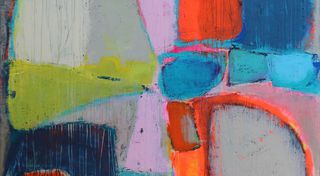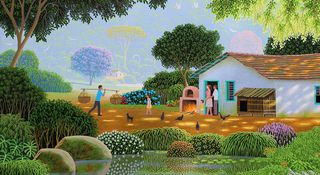
screen
Whether you are looking for an original "screen" painting, photography, drawing or sculpture, Artsper has thousands original "screen" artworks for sale from emerging artists and well-known artists around the world.
Read more





